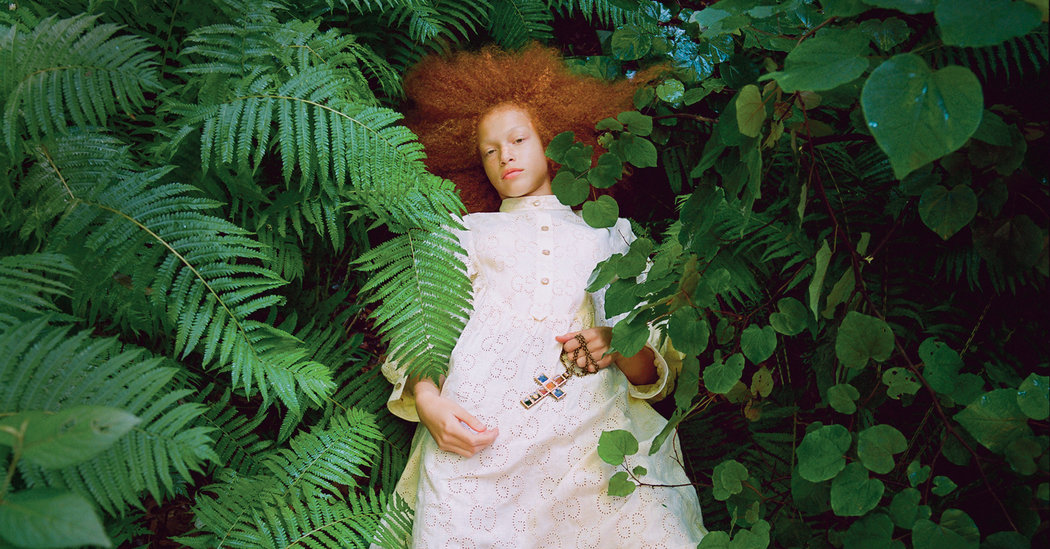
François-Henri Pinault, the chairman and C.E.O. of Kering, which is the luxury conglomerate that owns Gucci, says that before Michele took the reins, the problem at Gucci wasn’t really sales, which remained respectable. “The perception of Gucci as a fashion authority, as one of the trendsetters, was declining,” he said. He fired both Giannini and the company’s chief executive officer, who was also her romantic partner and the father of her child, and started over, bringing in the Italian businessman Marco Bizzarri as a new chief executive officer and charging him with finding Giannini’s replacement — in all likelihood, a fashion nova from another label. When Bizzarri met Michele, then 42, for coffee one day in late December 2014, he was just trying to learn more about the company. Michele, he tells me, “certainly wasn’t on the list of candidates.”
But they talked and talked — about the more joyful culture that the company needed, about history and art and life, about how fashion is so much more than merchandise. The conversation spanned three hours, and when Bizzarri contacted him almost immediately afterward to ask for more time to talk, Michele realized that he had joined the roster. Bizzarri then laid down a challenge that became fashion legend. Gucci was about to present its new fall 2015 men’s wear collection, and Giannini had essentially finished it. What if they scratched it and swapped in a collection by Michele? He had a week: five days for the clothes (36 looks in all) and two days for the staging of the runway show, every last detail of which, from the models to the seating arrangement, Michele subsequently changed.
“It was a way for me to see if Alessandro was willing to take risks,” Bizzarri recalls, “because considering the kind of turnaround that I had in mind, I needed a person who was willing, like me, to take big risks — and maybe make big mistakes. If he was going to tell me no, then I didn’t want to be with someone who was risk averse.”
Michele was emboldened partly by his knowledge of the size and skill of the design team at Gucci. But mostly, he just didn’t think about the insanity of what he was trying to pull off. “Somebody gave me the chance to do something beautiful, and when you are working on something beautiful, you don’t feel the pressure,” he says. “I work to create something that is in my brain, and I don’t feel like I have to impress people outside.”
The result, unveiled in mid-January 2015, was where the pussy bows came in, along with other necklines and fillips usually associated with women’s wear. He used both female and male models, so interchangeable in their looks that they became a grand, genderless blur. They wore berets, spectacles, scarves. Androgyny cozied up to cheeky intellectualism, and in a slightly off-kilter palette: an announcement of his willingness to play with color more daringly than his forebears at Gucci had. These weren’t his boldest hues, which would come later, but they were surprising, underappreciated ones: the gunmetal end of the blue spectrum, the rustier shades of brown, each sometimes throwing a pure, vivid red into more brilliant relief.







